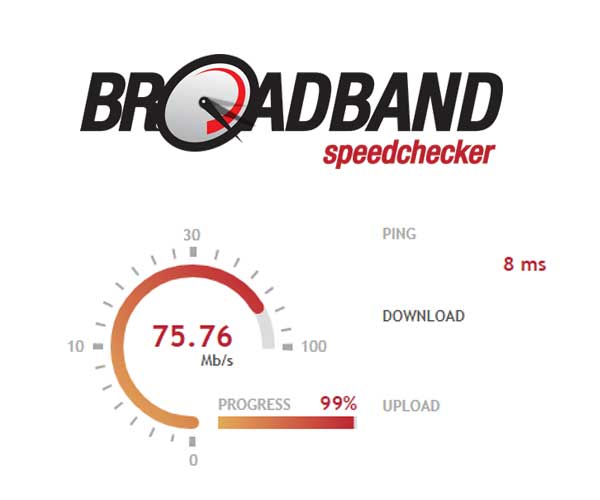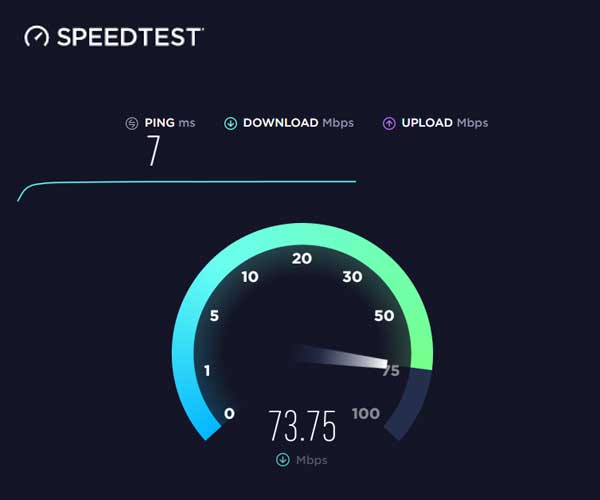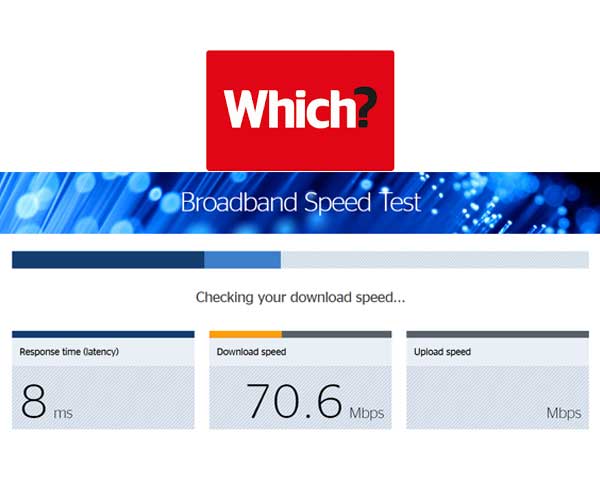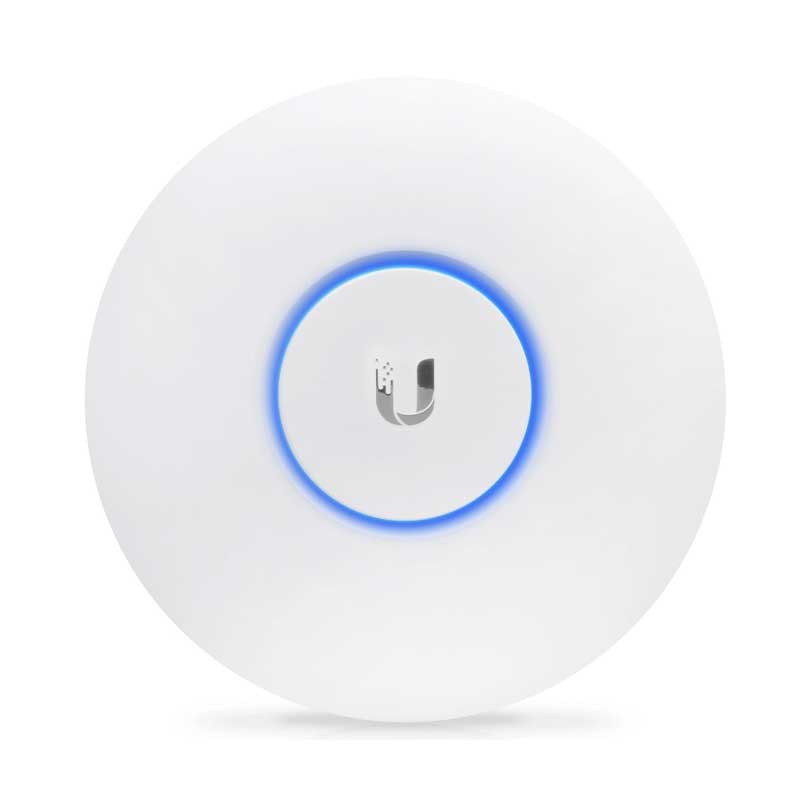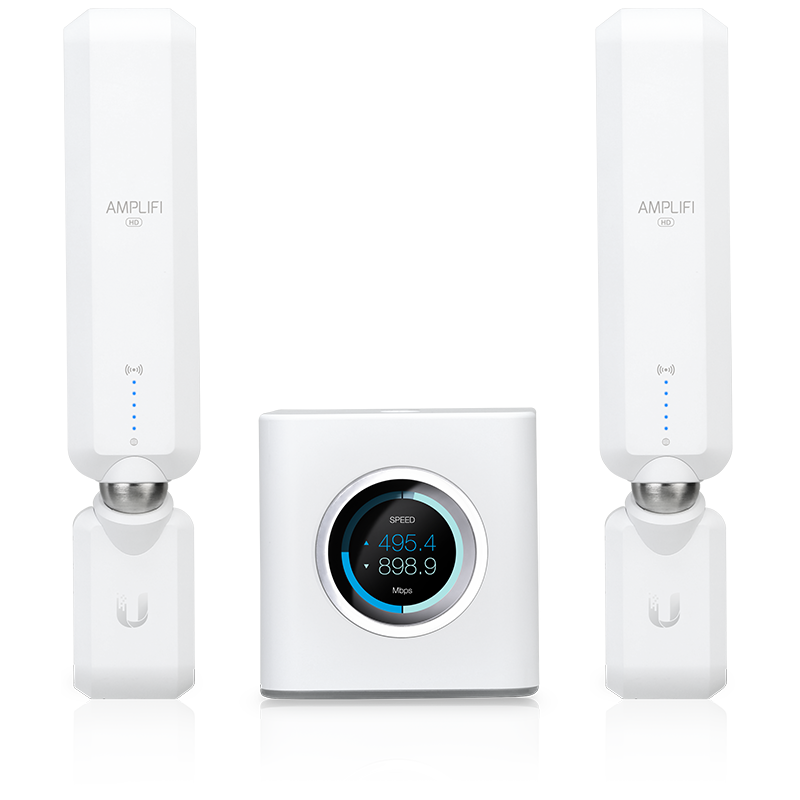Tips to improve your WiFi connection at home
See our tips on improving your internet connection.
As the world continues to come to terms with the coronavirus Covid-19 situation, working remotely has become a big topic, millions of workers have swapped the working offices for their own homes and for those of us without large IT infrastructure and IT departments it can be a challenging process.
If you are struggling with your WiFi connection at home or having an Ethernet cable going from the router up the stairs or through the house is not feasible, (not practical, trip hazard, kids pulling the lead out half way through a conference call?) then you may be looking for some tips.
Check your actual internet connection speed
The first thing you will need to do is test your current internet speed. This will act as a benchmark, allowing you to observe improvements as you make them. This will also let you know not only if you are getting a lower rate than you should be from your ISP, but also your network latency, which can be affected by how much it is currently being used internally, especially if you are testing on a WiFi device.
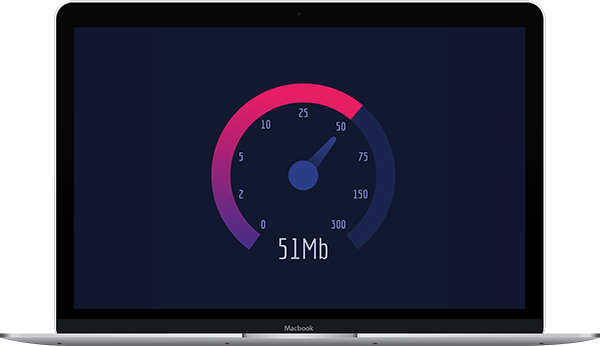
Various speed tests are available and most have mobile-friendly web-pages, but for best results, complete this from a PC or powerful laptop with updated drivers and web browser and connect directly to your ISP router by network cable, with nothing else connected at first. You will want to avoid using WiFi for this step if possible to be sure your speed test is not affected by WiFi issues.
The results can vary depending on limitations your ISP advised when you signed up, but some ISPs will provide a “guaranteed speed” – if your connection speed test shows less than 75% of this. Read on for ways you can improve this at first. Once this has been completed, you may wish to check with your ISP in case there is still a problem.
Below are a few examples or speed test websites you can use:
Firmware updates / Reboot
Technology sometimes needs a reboot to get it going, this will enable any updates to take place and also it will help clear the routers memory. The best tip is to:
- Press the power button on the router to switch it off.
- Then unplug the router, giving it a chance to cool
- Plug it back in after about 1 minute
You should also check to see if your router is running the latest firmware. You can check this by logging into the router using a web browser. The settings to access the router should be on a card or located at the back of the device, if not, contact your broadband provider.
You can perform further speed tests as you go to check for improvements, until you reach an acceptable speed.
Routers capabilities – number of concurrent users
If your WiFi connection becomes slower or your videos start buffering repeatedly, or even lose WiFi connectivity completely, the chances are, you are likely to have multiple laptops, smartphones, tablets and smart TVs all connected to a single router that is struggling to keep up with the demand.
Try and limit what devices are being used when you are working, this will help you stay connected. Limit access to tablets and smart TVs when you need the internet the most.

Leading wireless access points have been designed to cater for individuals who require a much higher concurrent user count. Even basic solutions can provide ample throughput speeds to 30-40 users at the same time per access point, with some leading products enabling up to 500+ WiFi users.
Remove unwanted devices from network
You should remove unwanted devices registered on your router, once you’re logged into the router interface, you will see options to review connected devices. If you do not recognise devices, then you can disconnect them from your network.
Position of router
If using WiFi provided by your broadband router, consider the position of your router – if possible, ensure there are as few walls between your WiFi devices and the router as possible.
This can cause issues with connectivity, especially if the access point is near metal objects like radiators or metal beams. Ideally, the access point needs to be positioned within Line of Sight of the devices that intend to connect to it, away from large metal objects or structures. Some buildings use metallic insulation, which can prevent the WiFi reaching beyond the room the access point is located in. Thick or dense walls / obstacles are harder for WiFi to get through, so, where possible, place your access point such that the WiFi has to travel through less dense walls and ideally through a maximum of one wall. Remember that each obstacle will negatively impact the WiFi signal.
If your coverage in another room is still not good, consider purchasing additional access points to work together to cover areas where coverage is poor.
WiFi blackspots
Another common issue can be Wi-Fi blackspots in parts of your house. A number of factors can cause a blackspot, most can be resolved by simply changing some settings. For example, interference from other access points, such as from neighbours access points or WiFi enabled printers. If they operate on the same channel as your access point, then your in-range devices effectively “share” the airtime with them – simply select an unused channel for your access point to operate on.
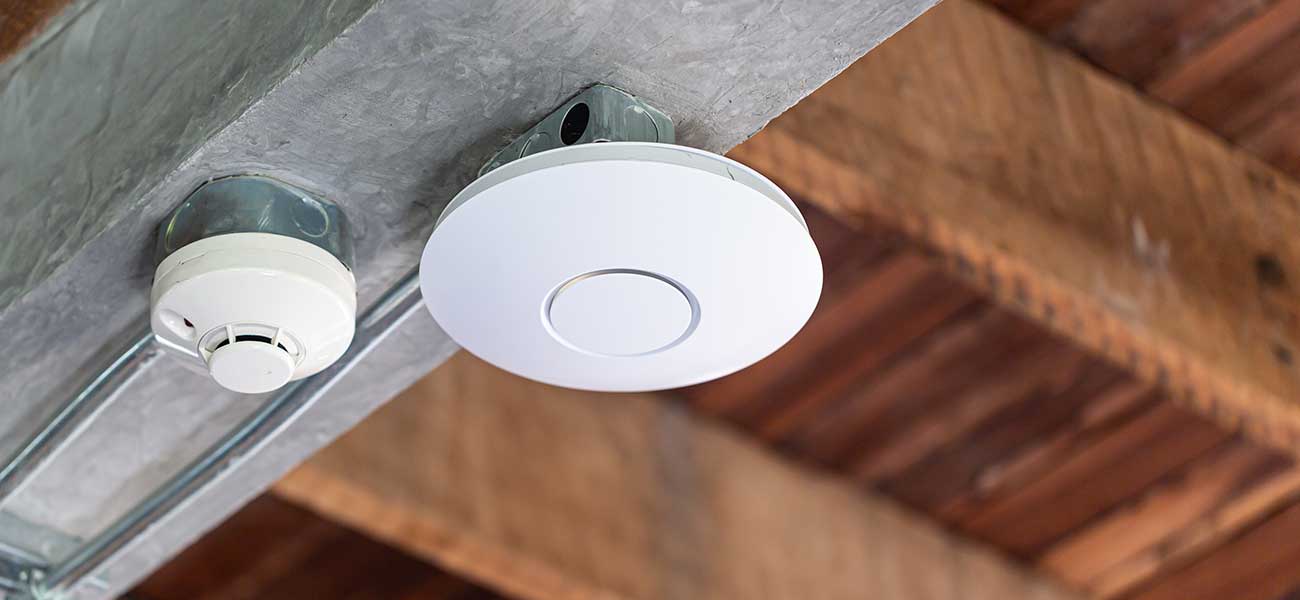
Upgrading technology
Newer broadband routers have better technologies that can improve your internet speed, and new connectivity options may be available in your area that may be worth the investment if you are past your current ISP contract term.
Ubiquiti UniFi Access points (APs) are an ideal solution for workers looking to upgrade, these are designed for homes, schools, hotels, airports, stadiums, public venues / hotspots and offices.
You can compare the range here, with the entry level product the Ubiquiti UAP AC Lite under £65. There are multiple models and brands available. You can use access points for several solutions:
Option 1
Use a single AP to broadcast as your WiFi access point(turning off your standard router’s WiFi)
Adopt the WiFi settings and passwords from your current router to the AP and use this to broadcast your WiFi around the house. As it has better technology (802.11 AC Wave 1 (“AC”), or 802.11 AC Wave 2 (“HD”) Mesh ) the products are designed for high simultaneous connections and have better signal performance than standard home router’s built in WiFi. They intelligently talk to all the connected devices through an innovative cloud portal allowing them to manage multiple concurrent devices seamlessly.
Option 2
Use Multiple APs (Meshing) to extend a WiFi signal to areas where you cannot wire in an access point. Router – Connects to AP 1 – AP 2 connects to AP 1 wirelessly, this can help with removing WiFi blackspots.
Option 3
Create a network, connect the router to a Switch then connect the required number of AP devices to the switch using Ethernet cables. Again, ensure you complete speed tests using your WiFi connected devices around the home, to ensure you are achieving as close to the router’s maximum speed as possible.
UniFi AC Lite
The Ubiquiti UniFi AP AC Lite is an enterprise simultaneous dual-band indoor access point with a capable range of 122m (400ft) and can support upto 250 + concurrent users.
UniFi AC Pro
The enterprise Ubiquiti UniFi AP AC Pro is ideally suited for both indoor and outdoor deployments with a range of 122m (400ft) and can support upto 250 + concurrent users.
AmpliFi HD Kit
The AmpliFi HD System Kit (Plug and Play) includes a router base station and two wireless super extenders for maximum WiFi coverage throughout your home.
Types of Access Points
Access points are continually improving as technology evolves, however picking the right access point can be tricky. See the following types of access points.
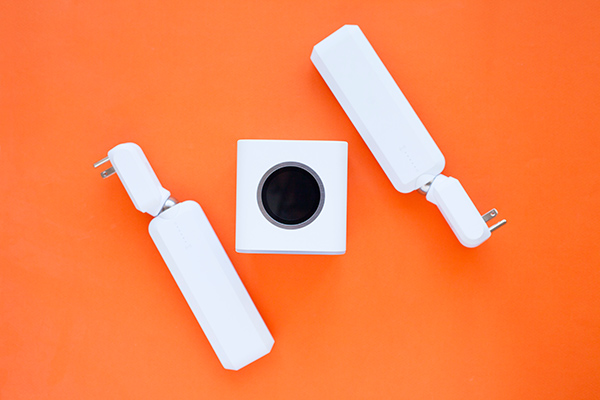
802.11n
Usually supports both 2.4Ghz and 5Ghz devices. This is good for between 1 and 20 users per access point, and enough speed per user to stream standard 720p HD video simultaneously. However, it is more susceptible to interference. Range is usually limited too.
802.11ac Wave 1 (“AC”)
Supports 5Ghz devices for up to a theoretical maximum of 128 users, but should be limited to 30-40 users simultaneously. For 20 users, streaming 1080P HD video is possible. Slightly better range can be expected from AC access points over 802.11n.
802.11ac Wave 2 (“HD”)
Supports 5Ghz devices, but has key advantages for multiple devices that support Wave 2 technology – 250 users is possible per access point, but should be limited to around 100. For 20 users, 4K streaming is possible simultaneously. Range is boosted further as well. These access points are generally advised as the current standard.
Mesh
Mesh access points aren’t specifically a different technology, but instead support a method of “wireless uplink” – where two access points can use WiFi to connect to each other and provide WiFi, extending the wireless network. This works best with HD access points that have meshing capabilities, and can even provide wired connectivity at a location where a cable cannot reach the router.
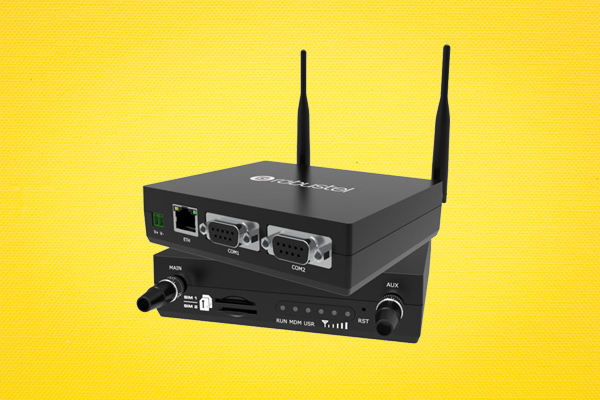
Alternative wired connectivity
If you are struggling to get wired connectivity from the router to a specific room and Mesh or Ethernet cables are not an option, you may consider the following technologies that may help to reach the troublesome area at better speeds:
Powerline adapters
Powerline adapters are devices that plug into your normal wall power sockets and use the power lines to transmit data. Nearly all powerline adapters use end-to-end data encryption, so that your data is safe while it is transmitted. Some adapters allow more than one connection, allowing you to create a “virtual network” using your power distribution cables. Others even have integrated Access Points that can provide WiFi locally. The downside is that these tend to be significantly slower than a standard Ethernet cable, may not work at all, or be inconsistent, depending on the way your power cabling has been wired in the building.
3G/4G routers
If having basic internet connectivity is all that is required, a 3G/4G router may be a viable option. This can provide an independent internet connection, and many data sims can provide enough data for basic web-browsing and/or email access for weeks or even months, depending on how heavy the usage is. Another benefit is to augment the existing internet connection. Some 4G routers can connect to an existing router and provide “overflow” bandwidth via the cellular connection if the internet usage is higher than your normal ISP router can handle.
Conclusion
Sometimes, getting internet connectivity to areas of your home can leave you scratching your head. We hope that this guide gives you some inspiration on technologies you can use that can overcome these obstacles, while providing a fast, secure and reliable internet connection anywhere in your home. For more information see our wireless and networking buying guides here.
Need remote help with WiFi or IP products?
Our professional team of support technicians can help you get your your internet optimised.

